The Remarkable World of Weavers
Weavers, a captivating group of birds belonging to the family Ploceidae, are renowned for their intricate nest‑building skills. Found across Africa, Asia, and Australasia, these small, often brightly coloured birds exhibit a remarkable diversity in behavior, ecology, and appearance. This comprehensive guide delves into the fascinating world of weavers, exploring their habitats, evolution, diets, social lives, and interactions with both the environment and humans.
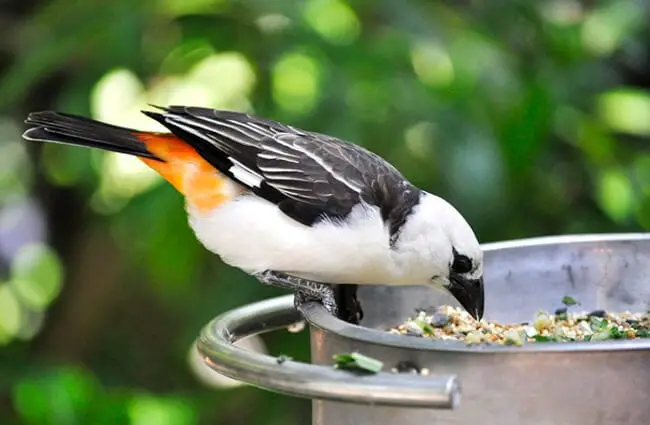
Habitat and Distribution
Weavers occupy a broad range of habitats, showcasing their adaptability. From grasslands and savannas to woodlands, forests, and even urban areas, these birds thrive in diverse environments. The majority of weaver species are found in Africa, particularly sub‑Saharan regions. Several species also inhabit Asia, extending eastward to Australia and the Pacific islands. Each species often displays specific habitat preferences. For example, the Village Weaver favours cultivated lands near water, while the Red‑billed Quelea is common in grasslands and agricultural fields. The Sociable Weaver, uniquely, builds massive communal nests in arid and semi‑arid regions of southern Africa, often utilising telephone poles and other human‑made structures.
Evolutionary History
The evolutionary origins of weavers are traced back to the Miocene epoch, roughly 15 to 20 million years ago. Early weaver ancestors likely originated in Africa, subsequently dispersing across Asia and Australasia. Fossil evidence indicates that these early birds were primarily granivorous, feeding on seeds. Over millions of years, weavers diversified into a wide range of species, each adapting to specific ecological niches. The development of specialised beak shapes and nest‑building techniques played a crucial role in this diversification. Phylogenetic studies, based on DNA analysis, have helped to clarify the evolutionary relationships between different weaver species, revealing complex patterns of adaptation and speciation.
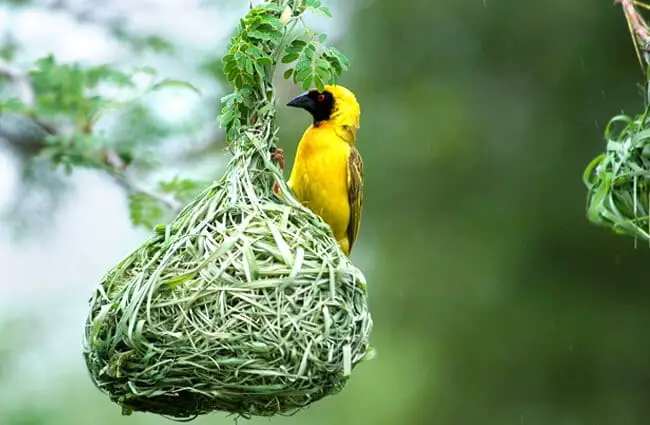
Diet and Foraging Behavior
Most weaver species are granivores, with seeds forming the core of their diet. However, their dietary habits are often supplemented with insects, particularly during the breeding season when protein is crucial for developing chicks. Different weaver species exhibit varying foraging strategies. Some forage in flocks, searching for seeds in fields and grasslands. Others glean insects from foliage or catch them in mid‑air. The Red‑billed Quelea, a notorious agricultural pest, is known for its massive flocks that can decimate cereal crops. Weavers possess specialised beak shapes adapted to their dietary preferences. Seed‑eating species often have conical beaks for cracking seeds, while insectivorous species have sharper, more pointed beaks for capturing prey.
Mating and Reproduction
Weaver mating systems are remarkably diverse, ranging from monogamy to polygyny and polygynandry. Many species exhibit lekking behaviour, where males gather in communal display areas to attract females. These displays often involve elaborate songs, dances, and visual displays of plumage. Once a pair bond is formed, the male typically constructs a nest, often weaving intricate structures from grass, reeds, and other plant materials. The female inspects the nest and may add her own finishing touches before accepting it. The female lays between two and five eggs, which she incubates for approximately 12 to 14 days. Both parents participate in feeding the chicks, which fledge from the nest after about 21 to 28 days. The level of parental care varies between species, with some exhibiting cooperative breeding, where helpers assist the breeding pair in raising the chicks.
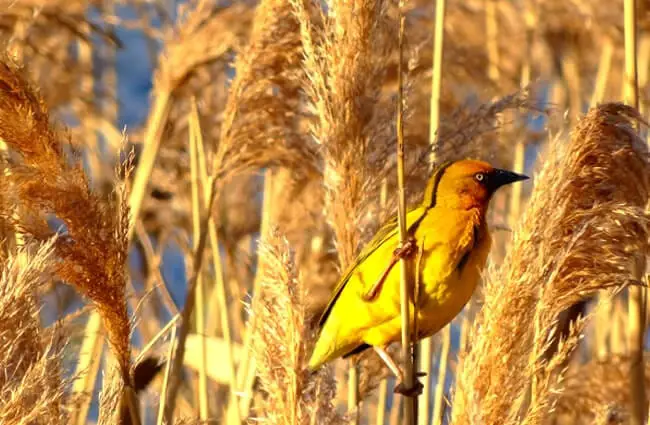
Ecological Role and Interactions
Weavers play a significant role in their ecosystems, influencing seed dispersal, insect populations, and predator‑prey dynamics. As seed dispersers, they contribute to plant diversity and regeneration. They also serve as a food source for various predators, including birds of prey, snakes, and mammals. Some weaver species engage in mixed‑species flocks, foraging and traveling with other bird species. The Sociable Weaver’s communal nests provide shelter for a variety of other animals, including bats, lizards, and insects, creating miniature ecosystems within the nests. Weavers also interact with other birds through competition for nesting sites and food resources. Certain species, like the Red‑billed Quelea, can have significant impacts on agricultural ecosystems, causing substantial crop damage.
Weavers and Human Culture
Weavers hold cultural significance in many African societies. Their intricate nests are often viewed as symbols of craftsmanship, community, and domesticity. In some cultures, weaver feathers are used for adornment and ceremonial purposes. Weaver birds are frequently depicted in folklore, myths, and traditional stories. The name “weaver” itself reflects the birds’ remarkable nest‑building abilities. These nests are admired for their structural complexity and artistic beauty. Traditional weaver songs and dances often mimic the birds’ behaviours, celebrating their agility and creativity.

Human‑Weaver Interactions
Human activities have both positive and negative impacts on weaver populations. Habitat loss and degradation, due to agriculture, urbanisation, and deforestation, pose significant threats to many weaver species. Agricultural practices, such as pesticide use and crop harvesting, can also negatively affect weaver populations. However, some human activities can benefit weavers. The creation of artificial wetlands and the planting of native vegetation can provide valuable habitat. The provision of nesting sites, such as nest boxes and woven structures, can also help to support weaver populations. Careful land management practices can minimise the negative impacts of human activities and promote the conservation of weaver species.
Interesting Weaver Facts
- Communal Living: Sociable Weavers build enormous communal nests that can house hundreds of birds.
- Nest‑Weaving Masters: Weavers are renowned for their intricate nest‑building skills, using their beaks and feet to weave complex structures from plant materials.
- Polygynous Behaviour: Many weaver species exhibit polygynous mating systems, where males defend territories and attract multiple females.
- Lekking Displays: Male weavers often gather in leks to display their plumage and songs, attracting females for mating.
- Seed Dispersal Agents: Weavers play a vital role in seed dispersal, contributing to plant diversity and regeneration.
- Agricultural Impact: Some weaver species, like the Red‑billed Quelea, can cause significant crop damage, leading to economic losses.
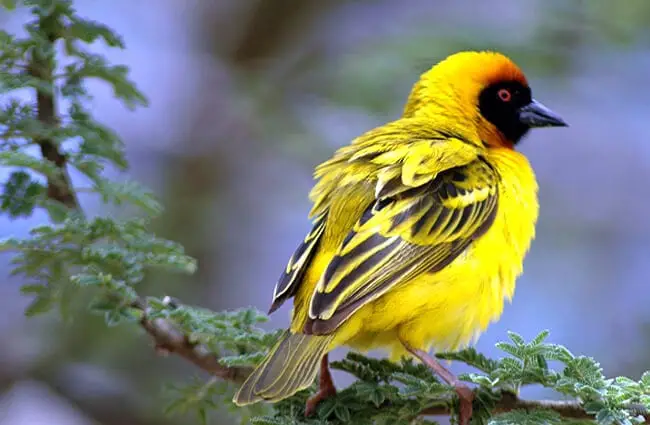
For Zookeepers and Caretakers
Caring for weavers in captivity requires a thorough understanding of their natural history and behavioural needs. Enclosures should be spacious, providing ample room for flight and foraging. Provide a variety of nesting materials, such as grasses, reeds, and coconut fibres, to encourage natural nest‑building behaviour. Diet should consist of a balanced mix of seeds, insects, and fruits, mimicking their natural diet. Monitor birds for signs of stress or illness, providing prompt veterinary care as needed. Enrichment activities, such as puzzle feeders and foraging opportunities, can help to stimulate their mental and physical well‑being. Avoid overcrowding, as it can lead to aggression and stress. Maintain strict hygiene standards to prevent the spread of disease.
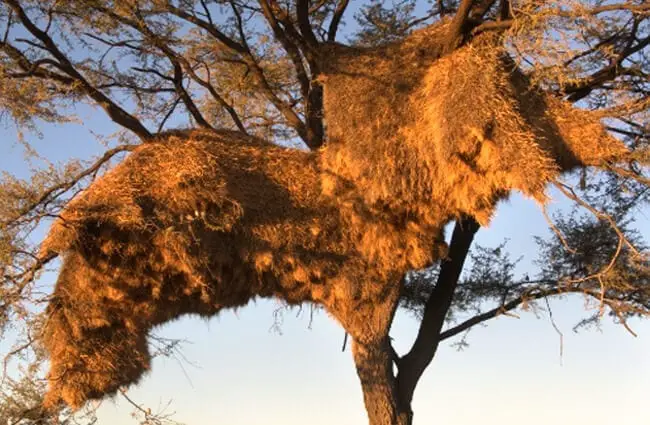
Conclusion
Weavers are a captivating group of birds, celebrated for their remarkable nest‑building skills, diverse behaviours, and ecological importance. Their intricate nests, colourful plumage, and social interactions make them a joy to observe and study. By understanding their natural history and conservation needs, we can ensure that these fascinating birds continue to thrive for generations to come.
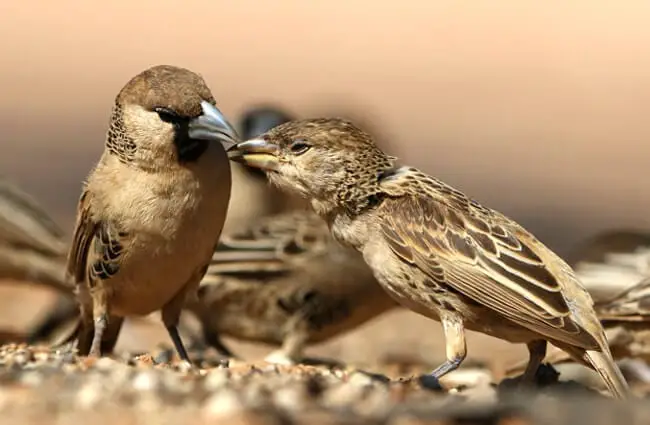
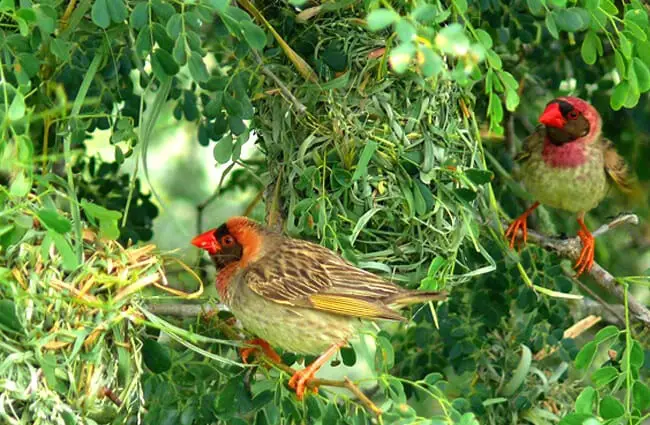

![Red Angus Closeup of a beautiful Red Angus cowPhoto by: U.S. Department of Agriculture [pubic domain]https://creativecommons.org/licenses/by/2.0/](https://animals.net/wp-content/uploads/2020/03/Red-Angus-4-238x178.jpg)




![Red Angus Closeup of a beautiful Red Angus cowPhoto by: U.S. Department of Agriculture [pubic domain]https://creativecommons.org/licenses/by/2.0/](https://animals.net/wp-content/uploads/2020/03/Red-Angus-4-100x75.jpg)

